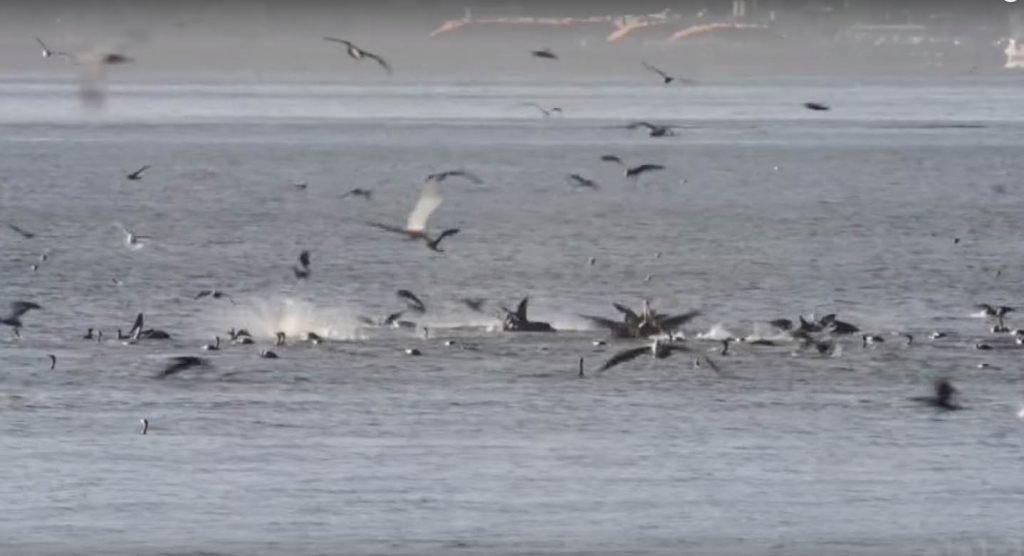-
Tips for becoming a good boxer - November 6, 2020
-
7 expert tips for making your hens night a memorable one - November 6, 2020
-
5 reasons to host your Christmas party on a cruise boat - November 6, 2020
-
What to do when you’re charged with a crime - November 6, 2020
-
Should you get one or multiple dogs? Here’s all you need to know - November 3, 2020
-
A Guide: How to Build Your Very Own Magic Mirror - February 14, 2019
-
Our Top Inspirational Baseball Stars - November 24, 2018
-
Five Tech Tools That Will Help You Turn Your Blog into a Business - November 24, 2018
-
How to Indulge on Vacation without Expanding Your Waist - November 9, 2018
-
5 Strategies for Businesses to Appeal to Today’s Increasingly Mobile-Crazed Customers - November 9, 2018
Humpback whales visit the Columbia River near Astoria
Humpback whales are all set to visit the Columbia River this week.
Advertisement
As per a report put out by Oregon Public Broadcasting, the whales were sighted near Astoria, just downstream from the Astoria Megler Bridge that connects Oregon to Washington. He said the humpback whales are likely chasing anchovies.
Biologist Deborah Jacques, who studies pelicans, said she’s never seen humpbacks so far in from the ocean.
The whales are encourages by snacks and they’re not at all alone.
Tiffany Boothe of Seaside Aquarium captured pictures of the Humpback whales close to Haystack Rock in Cannon Beach and multiple photographic encounters along the Columbia River at Astoria.
Advertisement
“What happens at this time of the year, when there’s not a lot of rain and there’s not a lot of river flow pushing the ocean water out, the tides bring a lot of ocean water in and with that ocean water come these small fish”, said Zamon. Some scientists believe that this phenomenon may be a contributing factor in the whales’ abnormal movement into the Columbia River, although some scientists believe other important factors are involved in the whales’ temporary displacement. Bruce Mate, who has spent more than four decades researching the behavior of marine mammals, points out that warming water temperatures have made it hard for animals at the bottom of the food chain to thrive. And when they travel, some of their predators go along with them. While it provides ample of sources of entertainment for the locals and tourists, it can be worrying news for the mammals. They can be found in oceans all over the world and have a migration range of approximately 16,000 miles, according to Wikipedia. Many sightings have already been reported, including one of two babies, and adults swimming happily beneath boats.




























